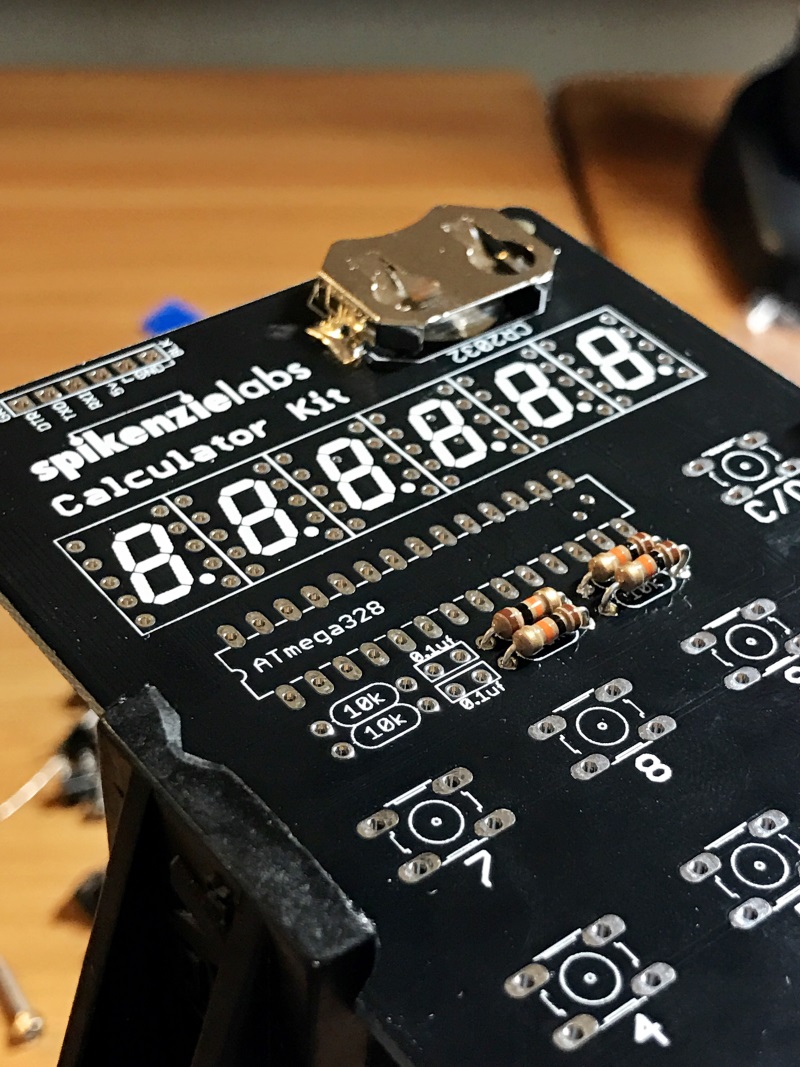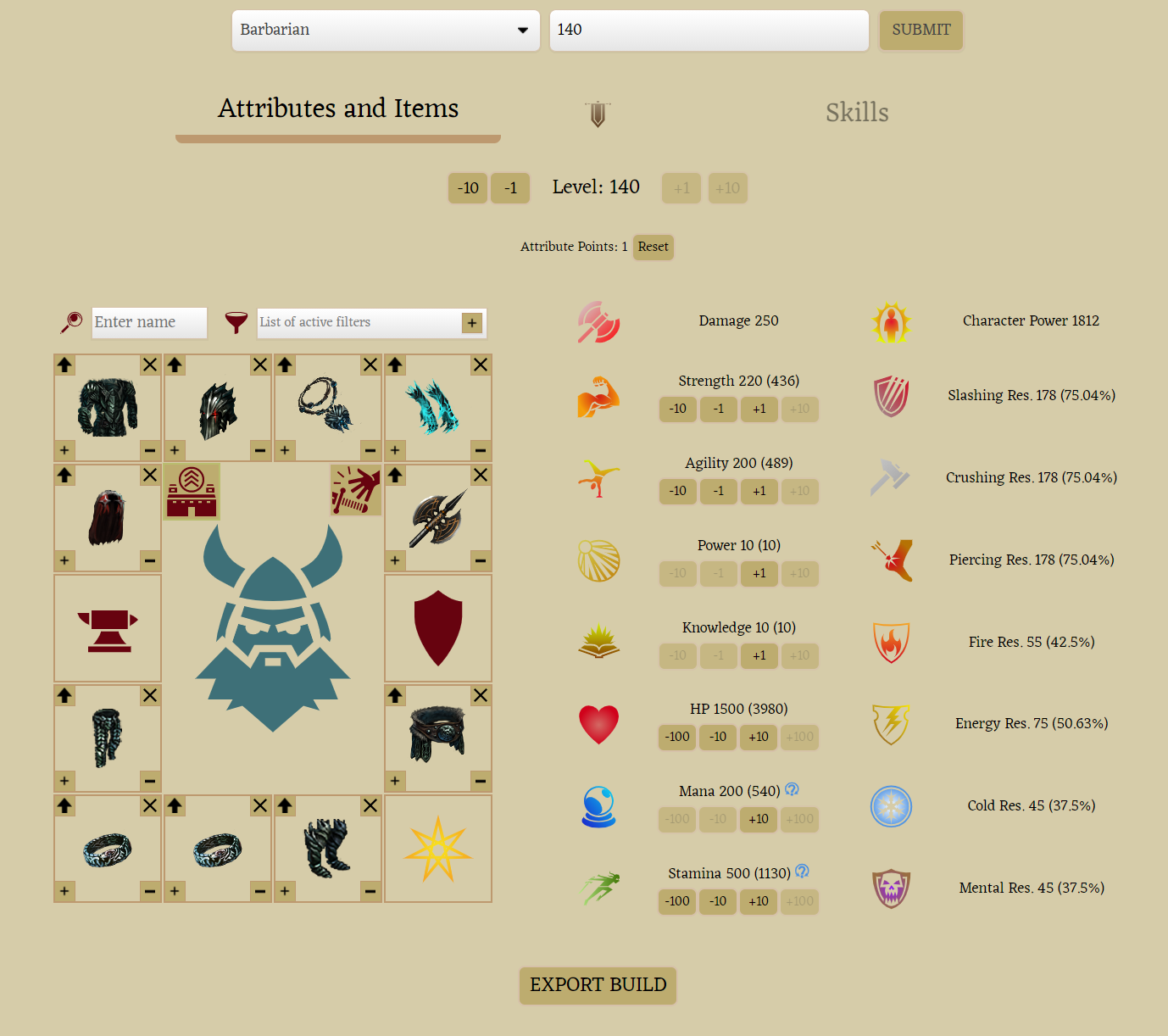Outstanding Tips About How To Build A Calculator

The display and the keys.
How to build a calculator. In this tutorial, we’ll be building a react calculator app. The calculator consist of two parts: You can also build a new.
Name the function calculate () and add an additional layer of indentation within the function itself. You also have the option to activate a great rune (and see its effects), class, and toggle whether. All the work is done here 😊.
The calculator object above consists of everything that we need to construct a valid expression:. In this javascript tutorial, you’ll: A quick way to check is to use a bottleneck calculator, like the one provided by pc builds.
The primary purpose of this tutorial is to demonstrate to beginners how to build a small tool using. First, put your existing code block into a function. Change the directory with the following:
# take input from the user. 1️⃣ to recognize a first entered number. Enter your system's information, and it'll tell you what parts are bottlenecking.
Click create new on the left side menu. In order to create a custom interactive calculator click new from blank. ) # check if choice is one of the four options if choice in ('1',.
You’ll learn how to make a wireframe, design a layout, create components, update states, and format the. Print(3.multiply) print(4.divide) while true: Make a calculator using html css and javascript | build calculator using javascript | javascript project for beginners👉 download 30 javascript projects sour.
We look into building a calculator using the eval function and reacts state hooks.// my gear for coding. Click the plus icon (add new element) on the right. Step 2 (css code):
With this calculator web app, users can input numbers, perform arithmetic operations like addition, subtraction, multiplication, and division, and obtain accurate. A 20% down payment is ideal to lower your monthly. This tutorial describes how to design a calculator using html and css.
Along the bottom, you can also pick up to 10 spells, arrows, and bolts. Displayvalue holds a string value that represents the input. Create a file with a.py extension and open it with a text editor, such as nano:

![Build a Scientific Calculator Using JavaScript [beginners]](https://i.ytimg.com/vi/52GL_cfLBYs/maxresdefault.jpg)














